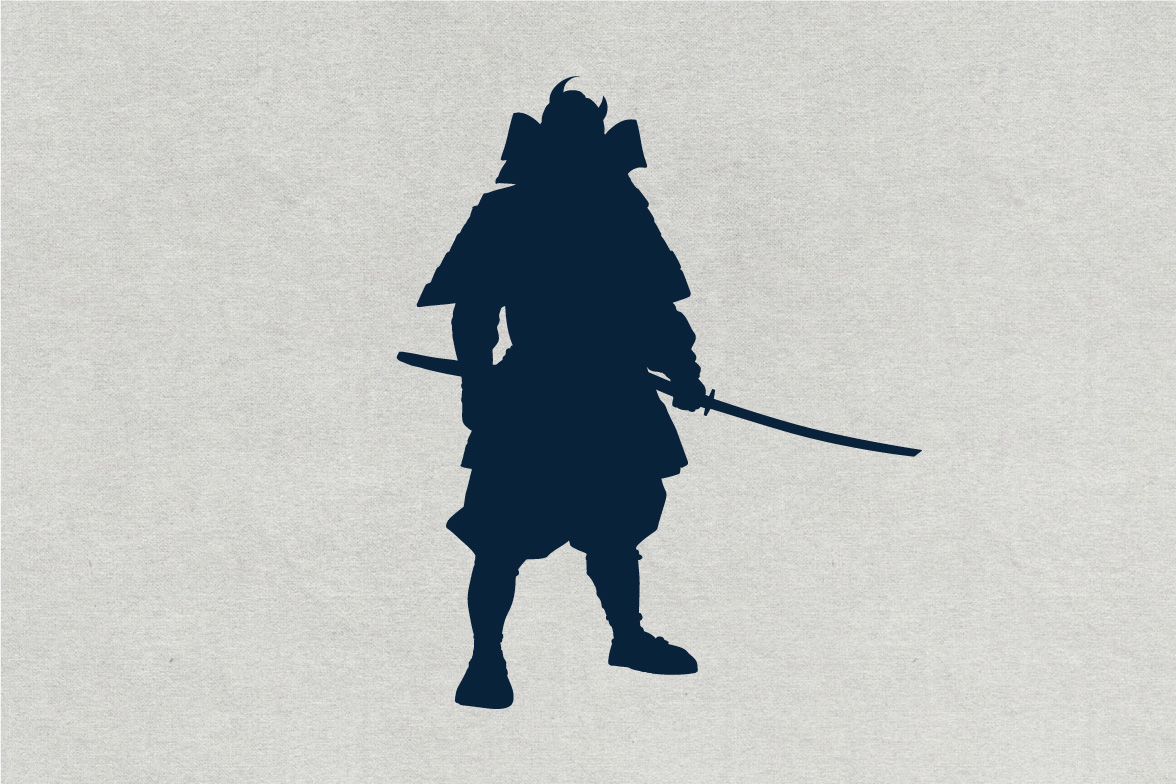Toyotomi Hideyoshi (1537–1598)

Toyotomi Hideyoshi was a general in the Azuchi-Momoyama Period. He is known for becoming a warlord and unifying the country despite the fact that he had been born to a poor family.
Hideyoshi was reportedly born to an infantry man in Aichi District, Owari Province [now the western half of Aichi Prefecture]. His name was Kinoshita Tokichiro. Having had neither wealth nor good lineage, he used to sell needles. His character was charming and quick-witted. Having had a hard time in his youth, he became ambitious. He also had a good head for business. Later on, he served Oda Nobunaga as an infantry man and made achievements in the military with his innate talent. He was then assigned responsible positions, and eventually given the northern part of Omi Province and became the Lord of Nagahama Castle in 1573. At the age of 37, Tokichiro began calling himself Hashiba Hideyoshi. From 1579 onwards, he played an active role by leading the Chugoku Conquest and attacked the Mori Clan; however, in 1582, he received the news of the death of his lord, Oda Nobunaga who was assassinated by Akechi Mitsuhide in Honnoji Temple in Kyoto. Hideyoshi immediately returned to Kyoto to kill Mitsuhide at the Battle of Yamazaki. This achievement prompted Hideyoshi to gain the position as the successor of Nobunaga, and he built Osaka Castle. In 1585, he became the Chief Advisor to the Emperor and the Great Council of State in the following year. He was also given the new clan name, Toyotomi, by the Imperial Court. Later he set up Otsu-hyakuso-sen (a hundred ships in Otsu) that had the privilege to monopolize the transportation on Lake Biwa. It was a good stepping stone to be the ruler of the country. He then subjugated Shikoku and Kyushu followed by Kanto and Ouu, and unified the country in 1590. Hideyoshi established the Toyotomi administration, and built the foundation of the modern feudal society by completing the separation of farmers and samurai through Taiko-kenchi (land survey) and the Order of Sword Hunt. However, his invasion of Korea failed twice, and he passed away in Fushimi Castle in 1598.
In Otsu, Hideyoshi ordered the confiscation of Miidera Temple’s property including its territory and assets in 1595. The temple buildings of Miidera were dismantled in no time and transferred to Enryakuji Temple and Fushimi Castle; however, later, they were rebuilt or retransferred by Hideyoshi’s legal wife, Kita-no-Mandokoro and Tokugawa Ieyasu. In Otsu, there are also temples and spring water related to Hideyoshi.
- General admission
- Otsu Castle Remains, Umagami Shrine, Nerinuki Water, etc.
